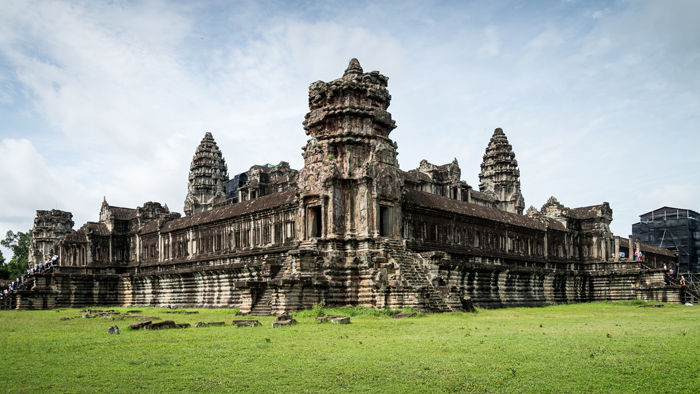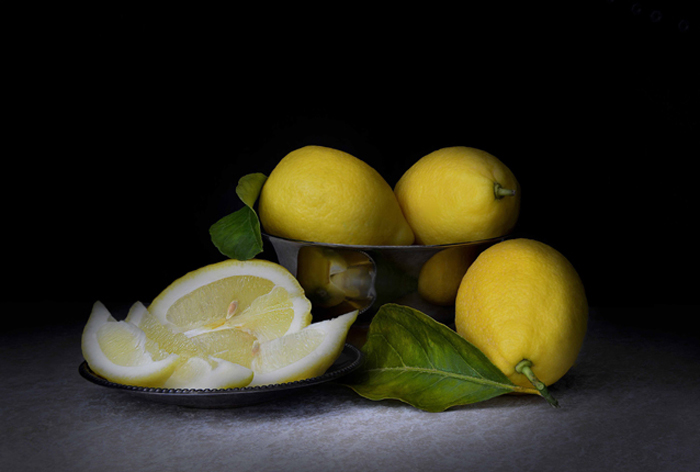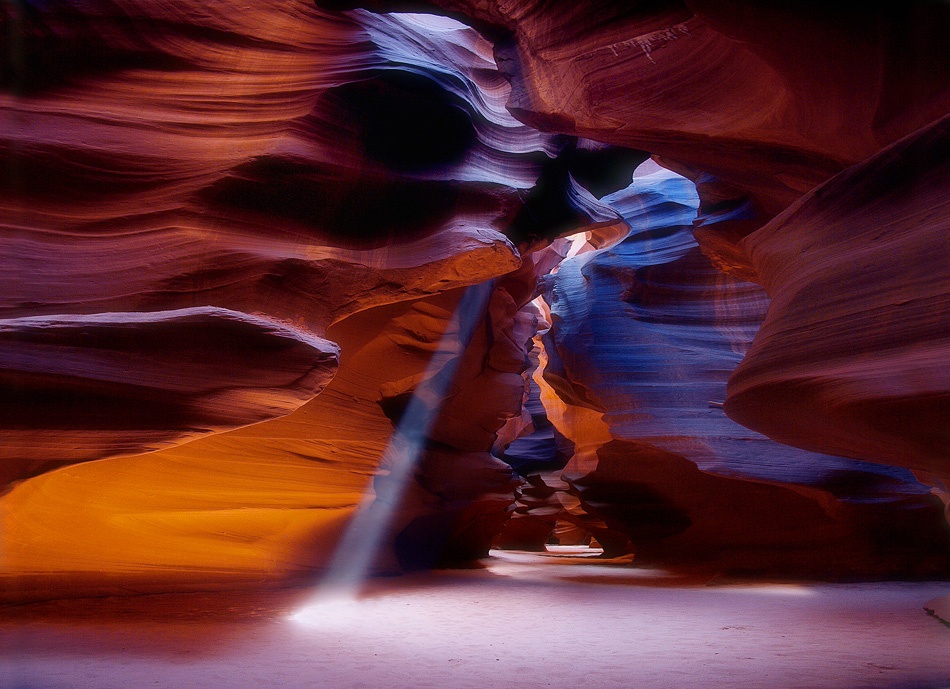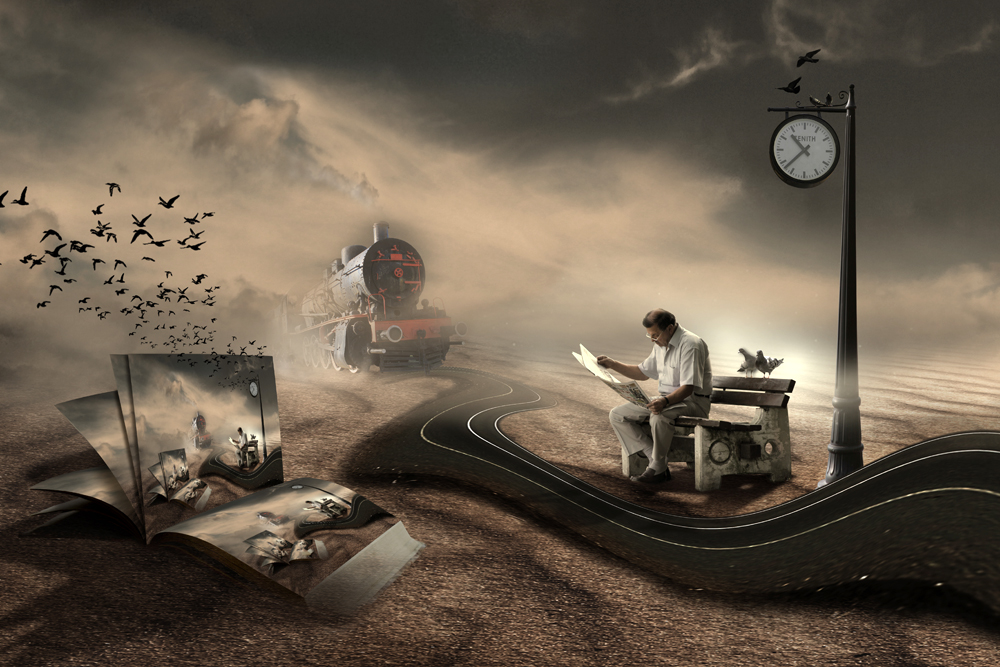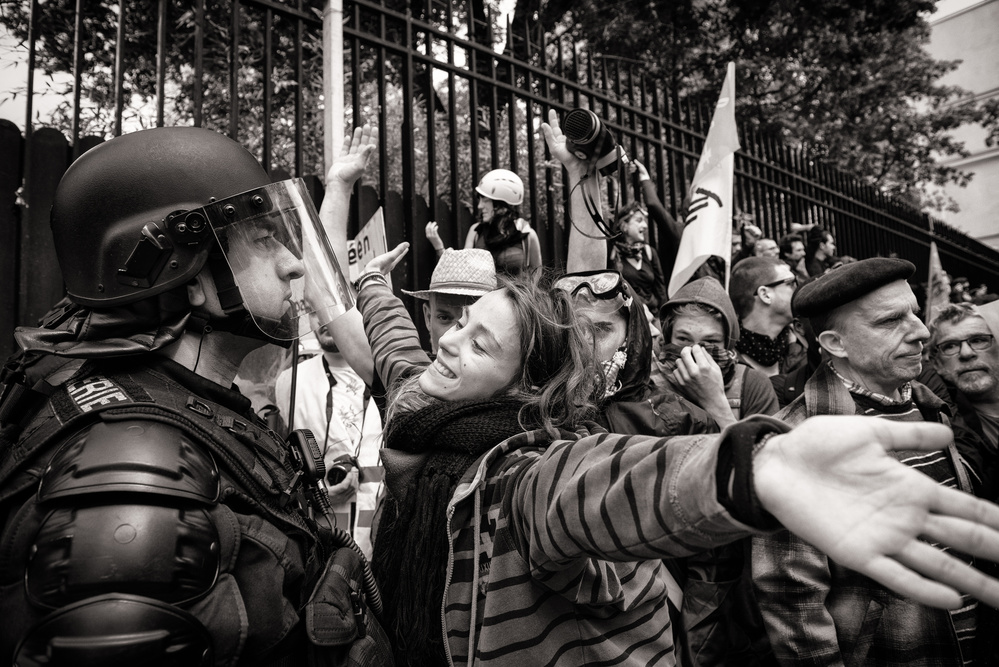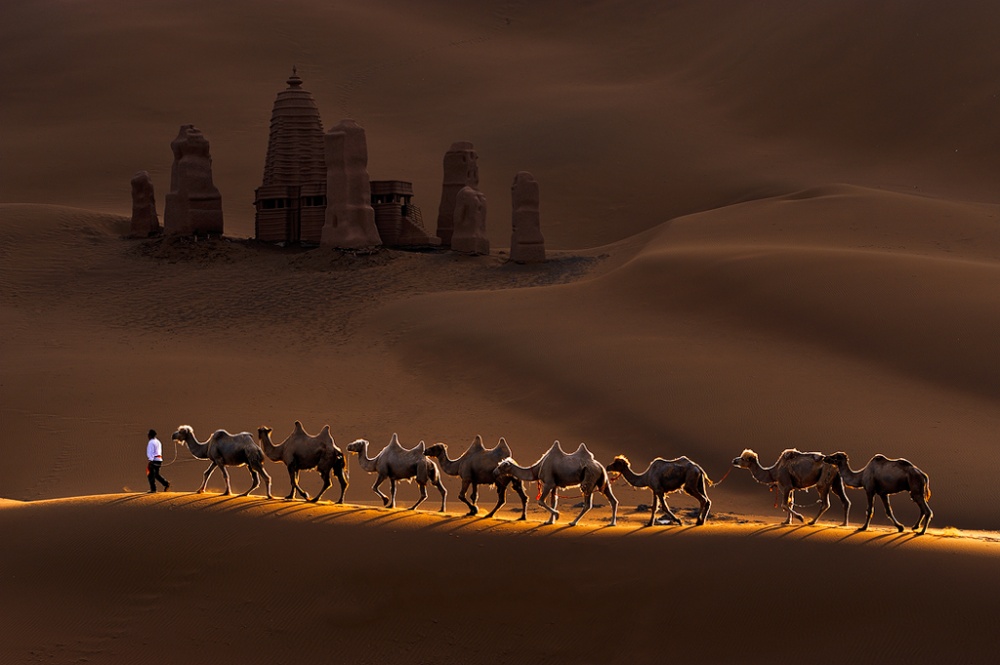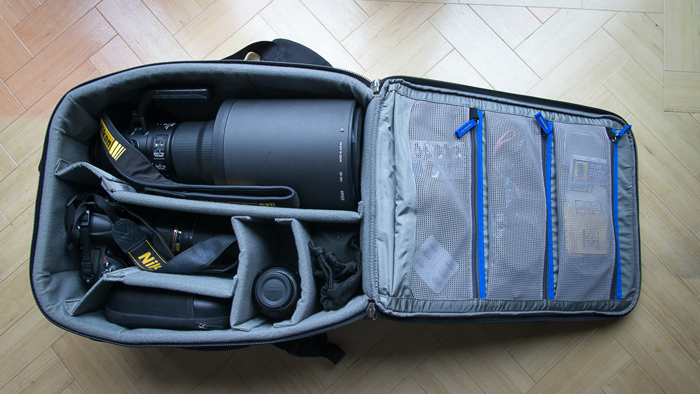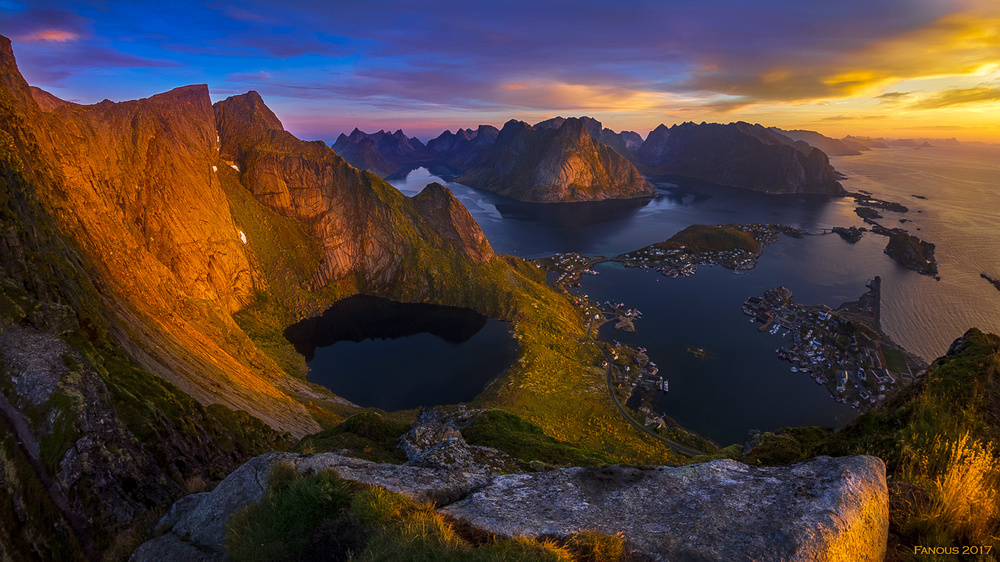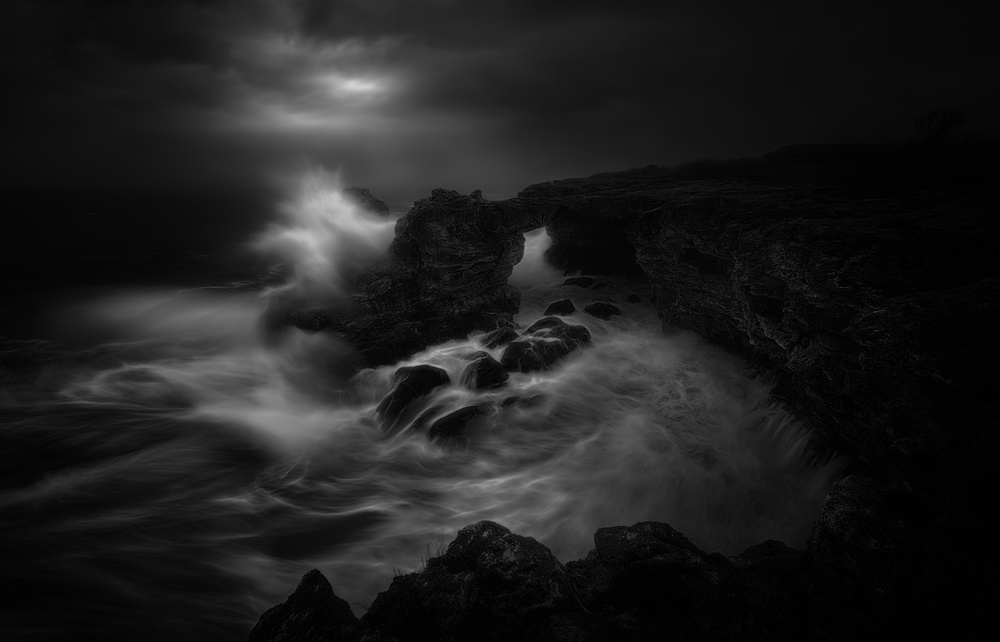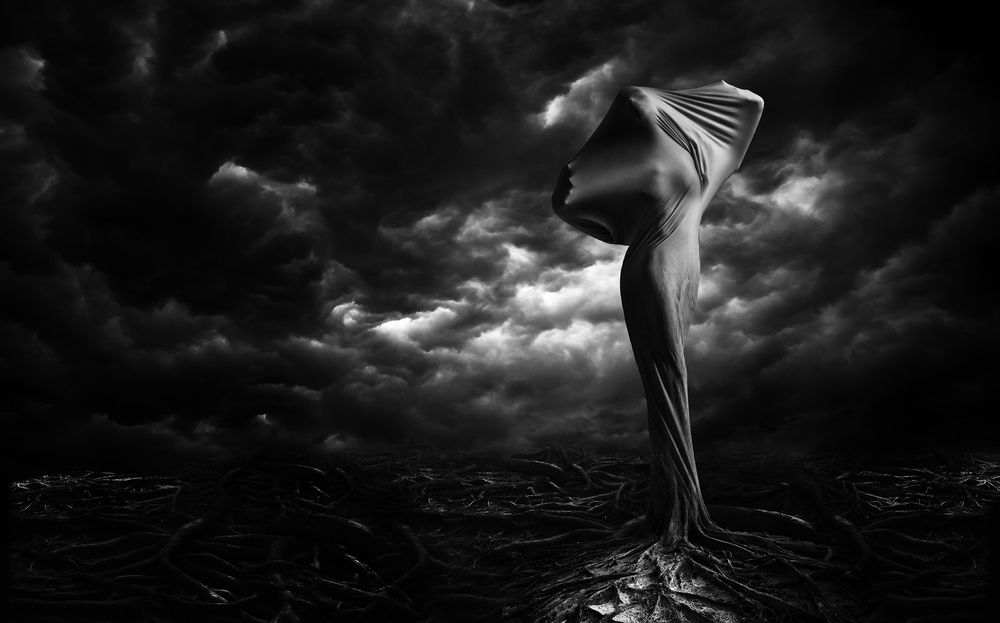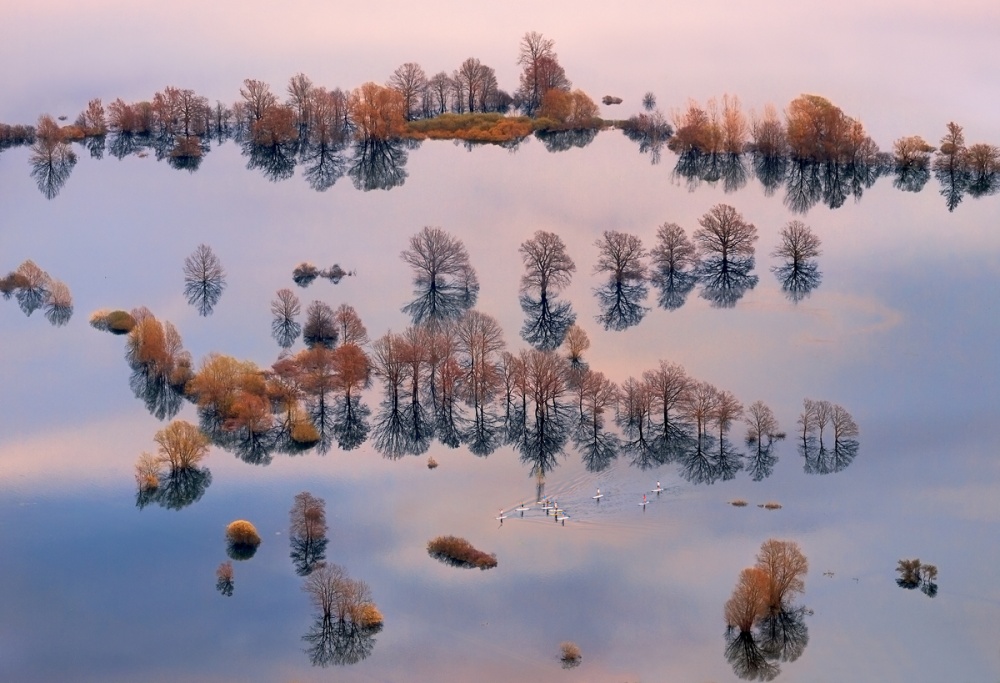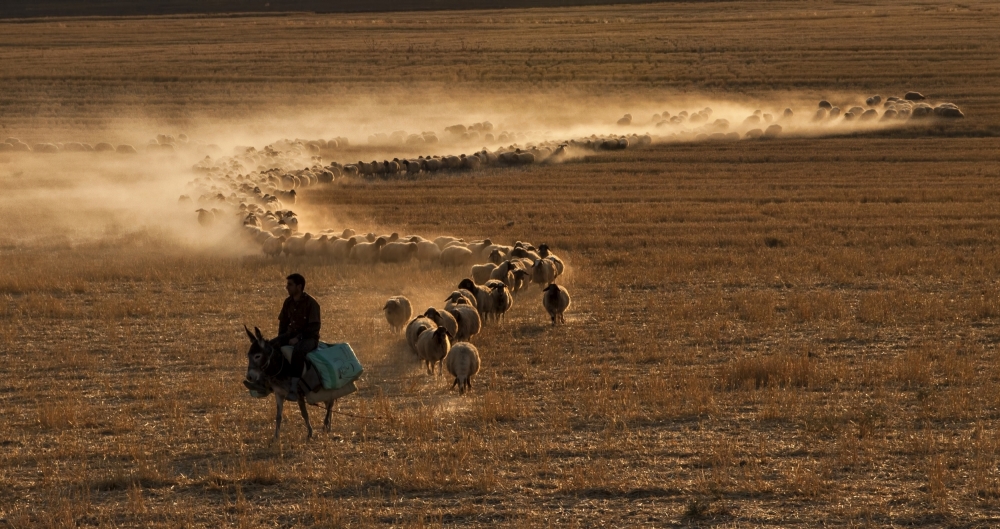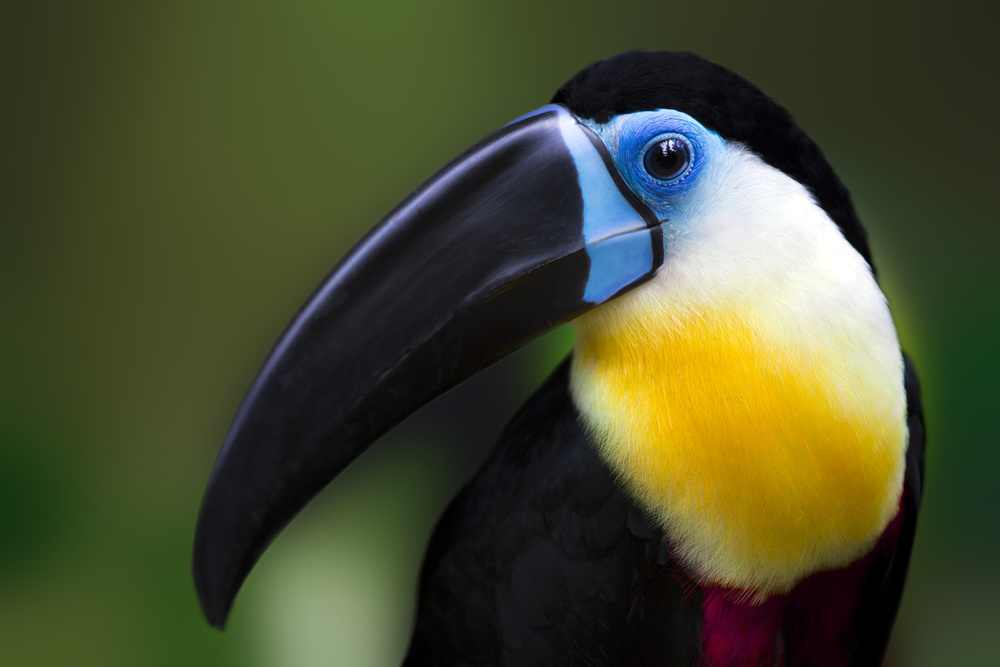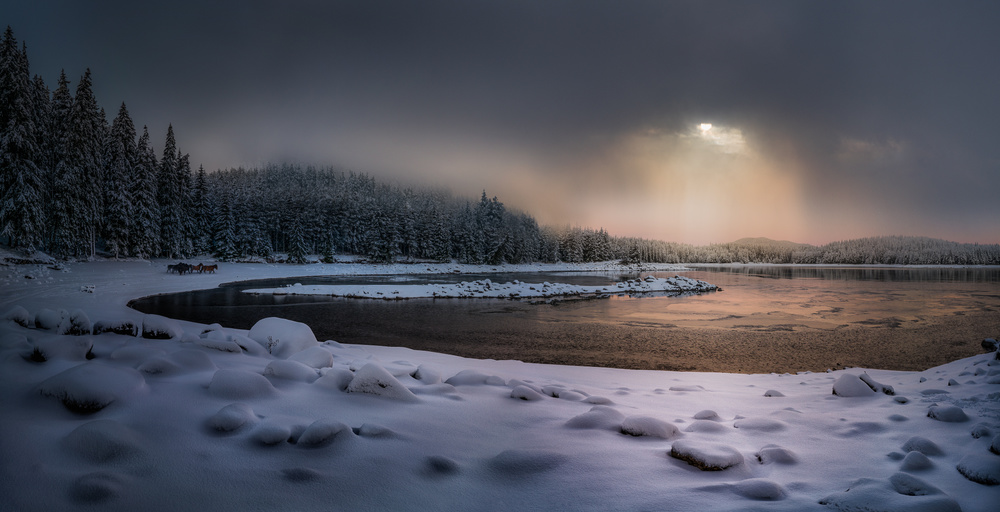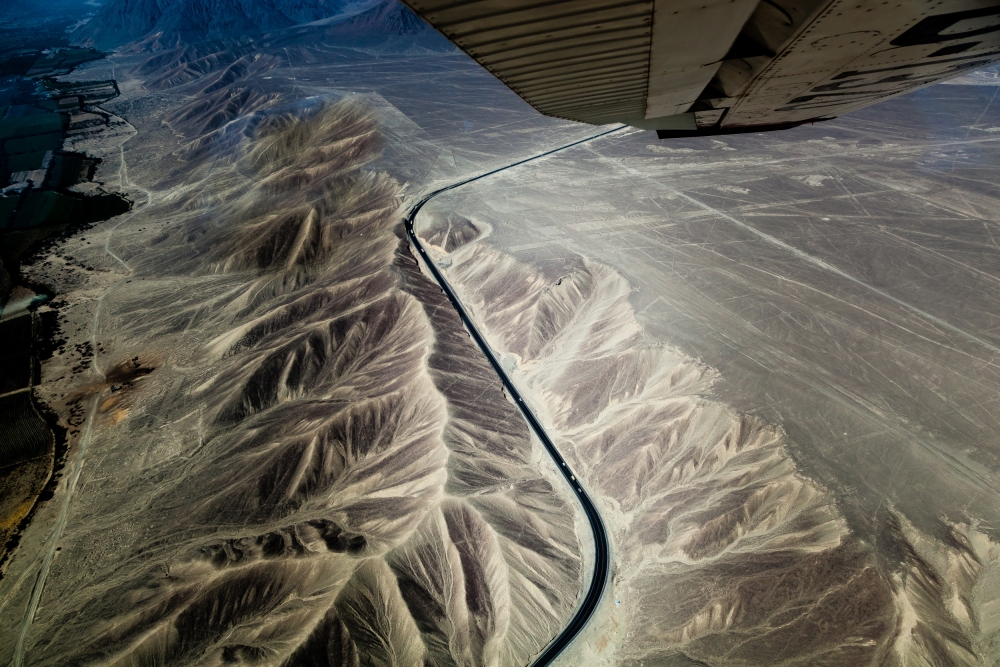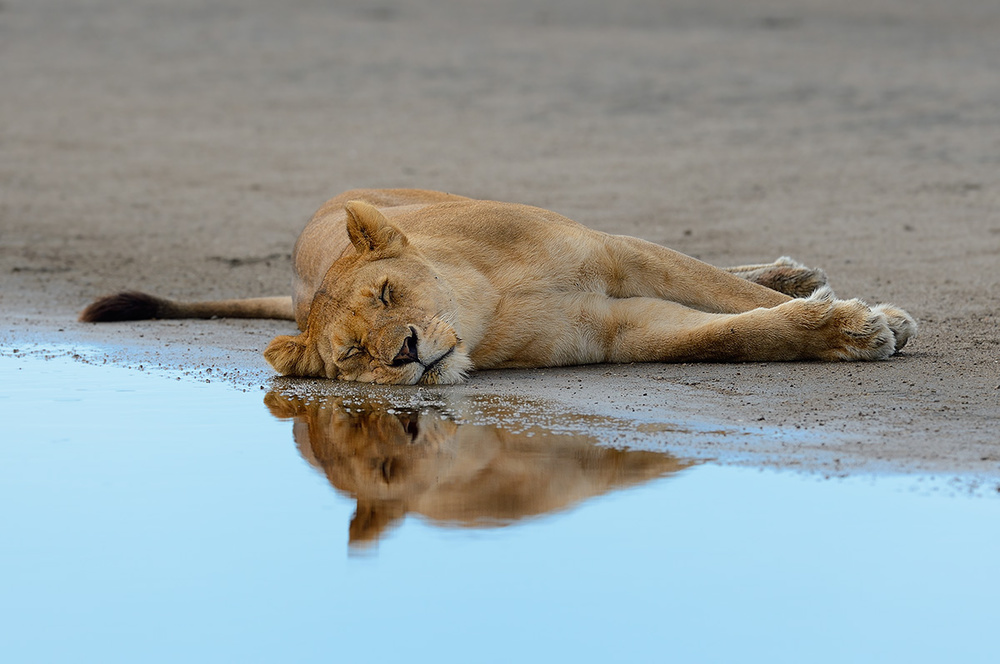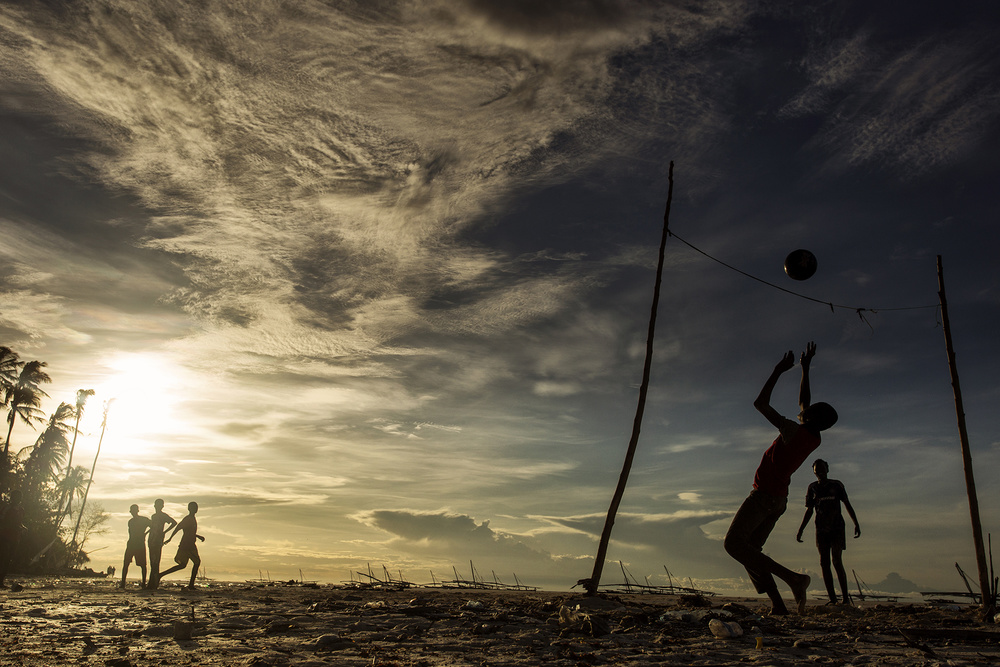Tips & Tricks
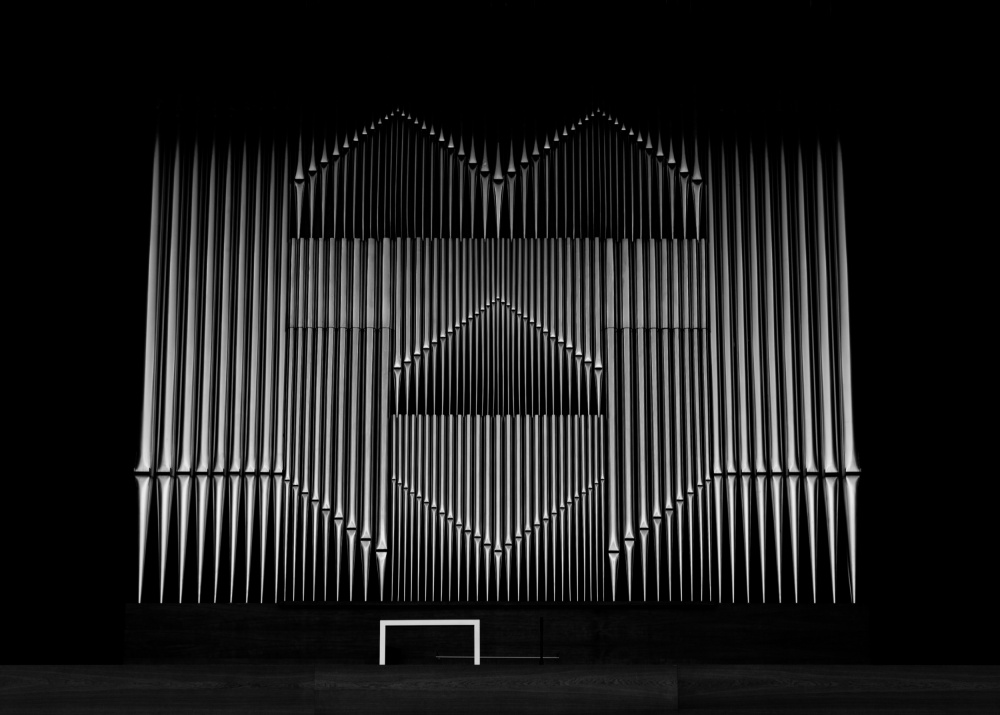
Pipes
1x Blog-Tips & Tricks' .
. '
Shapes, lines and patterns in our man-made and natural environment are always a source of inspiration for me, so before visiting Munich in May 2014, I researched possible locations with suitable motifs. That's how a specific modern church became a high priority on my must-see list, mainly because of the treasure it held inside.
The Herz Jesu (Sacred Heart of Jesus) parish church was rebuilt in 2000 after the previous building was destroyed by a fire in 1994. I took several shots of the outside of this very attractive modern church, but the object of desire was inside the church — an organ that was built in 2004 by organ manufacturer Gerald Woehl.
We had to wait about an hour before we could go inside the church because a religious service was in progress. When it ended, we went inside and I finally saw this impressive organ for the very first time. It was a magnificent sight to behold. Six spotlights in the ceiling illuminated the shimmering, golden metal pipes. Unfortunately these spotlights were switched off just as I was setting up my camera.
To give an overall impression of the location and a sense of scale, I decided to take a photo of the organ from a distance of about 65 feet (20 m). It was taken handheld at a shutter speed of 1/25 second and ISO 160:
After the six spotlights were switched off, the room was illuminated by natural light coming through the walls on both the right and left sides. I knew as soon as I moved in closer to the organ that the light would diminish, especially since the organ was surrounded by bluish-black walls, and it would be a challenge to still shoot at ISO 160.
As you can see in the color photo above, there is a wooden base below the organ pipes. From that distance and angle, the bottom of the organ pipes are visible, but from a shorter distance the angle changed, and if I moved too close, the ends of the pipes were completely hidden by the wooden base. It took some time, but I finally found the optimal distance, positioning myself about 30 feet (10 m) directly in front of the organ. There was nothing to lean on to act as a tripod, but I still managed to handhold the camera and shoot this image with the shutter speed set to 1/12 second and ISO 160.
I wanted to get as much of the surrounding blue-black box, knowing that I would have to adjust converging verticals in post-processing.
"When it ended, we went inside and I finally saw this impressive organ for the very first time. It was a magnificent sight to behold."
We had to wait about an hour before we could go inside the church because a religious service was in progress. When it ended, we went inside and I finally saw this impressive organ for the very first time. It was a magnificent sight to behold. Six spotlights in the ceiling illuminated the shimmering, golden metal pipes. Unfortunately these spotlights were switched off just as I was setting up my camera.
To give an overall impression of the location and a sense of scale, I decided to take a photo of the organ from a distance of about 65 feet (20 m). It was taken handheld at a shutter speed of 1/25 second and ISO 160:
After the six spotlights were switched off, the room was illuminated by natural light coming through the walls on both the right and left sides. I knew as soon as I moved in closer to the organ that the light would diminish, especially since the organ was surrounded by bluish-black walls, and it would be a challenge to still shoot at ISO 160.
"There was nothing to lean on to act as a tripod, but I still managed to handhold the camera and shoot this image with the shutter speed set to 1/12 second and ISO 160."
As you can see in the color photo above, there is a wooden base below the organ pipes. From that distance and angle, the bottom of the organ pipes are visible, but from a shorter distance the angle changed, and if I moved too close, the ends of the pipes were completely hidden by the wooden base. It took some time, but I finally found the optimal distance, positioning myself about 30 feet (10 m) directly in front of the organ. There was nothing to lean on to act as a tripod, but I still managed to handhold the camera and shoot this image with the shutter speed set to 1/12 second and ISO 160.
I wanted to get as much of the surrounding blue-black box, knowing that I would have to adjust converging verticals in post-processing.
POST PROCESSING
The image was processed in Photoshop.
1) I first adjusted the converging lines with the automatic correction. Afterward, the verticals were not aligned exactly vertical, but I actually liked this result better than a perfect alignment, so I left it this way.
2) I decreased the dark tones to –100, creating a vanishing effect in the upper part of the organ pipes.
3) The image was converted to black and white. The silvery-grey shimmering color of the pipes against the dark background appeared without needing to make more adjustments.
4) I then cropped the image. Even though the organ has existed for nearly a decade, surprisingly few photos can be found of it on the internet. Most of the images I did find concentrate on a square format showing the pipes (aligned exactly vertical) and nothing else. I did not want to copy these ideas of other photographers, so I had to find my own way to create an attractive image. Because the pipes with their perfect symmetry and alignment may seem a bit boring, I tried to create a bit of imbalance and asymmetry by adding parts of the environment in the lower part of the photo. I discovered that there are people who like this, and there are others don’t — as it is in other parts of life, too.
1) I first adjusted the converging lines with the automatic correction. Afterward, the verticals were not aligned exactly vertical, but I actually liked this result better than a perfect alignment, so I left it this way.
2) I decreased the dark tones to –100, creating a vanishing effect in the upper part of the organ pipes.
3) The image was converted to black and white. The silvery-grey shimmering color of the pipes against the dark background appeared without needing to make more adjustments.
4) I then cropped the image. Even though the organ has existed for nearly a decade, surprisingly few photos can be found of it on the internet. Most of the images I did find concentrate on a square format showing the pipes (aligned exactly vertical) and nothing else. I did not want to copy these ideas of other photographers, so I had to find my own way to create an attractive image. Because the pipes with their perfect symmetry and alignment may seem a bit boring, I tried to create a bit of imbalance and asymmetry by adding parts of the environment in the lower part of the photo. I discovered that there are people who like this, and there are others don’t — as it is in other parts of life, too.
TIPS
1) When visiting any new area, take some time to look at images of the place and, taking into consideration your particular genre of photography, see if anything catches your eye. Then search online to find out more about the subject, such as location, opening times, etc.
2) When taking architectural images, if you want a straight view of a facade and you don’t have a tilt-shift lens, include as much of the elevation as possible in the frame to give yourself more opportunity to adjust converging verticals in post-processing.
3) While a tripod is a useful tool, you can travel without one and still take successful images using other methods to stabilize yourself and/or your camera.
2) When taking architectural images, if you want a straight view of a facade and you don’t have a tilt-shift lens, include as much of the elevation as possible in the frame to give yourself more opportunity to adjust converging verticals in post-processing.
3) While a tripod is a useful tool, you can travel without one and still take successful images using other methods to stabilize yourself and/or your camera.
BIOGRAPHY
Born in Lüdenscheid, I now live and work near Stuttgart, Germany. I’m a self-taught photographer. Many of my images are inspired by lines, patterns and shapes that are found in the man-made and natural environment. My images are often created based on photography and on computer algorithms as well. After retiring from my job as a financial controller in the automotive industry, I fell in love with creating art and photography.




